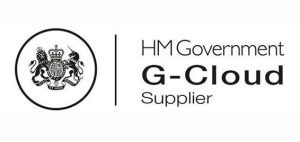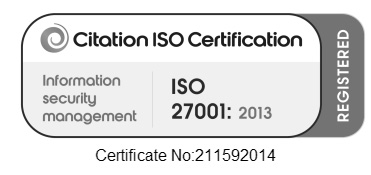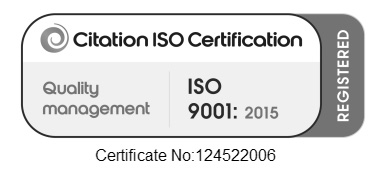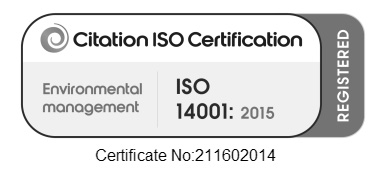One of the biggest shortcomings of user ID and password logins from tech users across the globe is that details can be easily compromised, causing irreparable damage and leaving organisations significantly out of pocket as a result.
Whether through malicious malware, phishing attacks, or automated password cracking tools, perpetrators have a whole host of methods to gain entry into your systems. And as the cyber warfare climate continues to become increasingly volatile, the risk of having one or multiple of your accounts hacked is only becoming more of a threat.
That’s why multi-factor authentication (MFA) is such a crucial line of defence in any security strategy today.
So, what is multi-factor authentication?
While two-factor authentication (2FA) previously formed the foundations of many online security protocols, vendors are increasingly turning to MFA to help augment their levels of protection – not least because the Cyber Essentials scheme recently made MFA mandatory on all cloud service accounts in order to pass certification.
Combining two or more independent credentials – from passwords and security tokens to biometric verification methods – MFA is a state-of-the-art security technology which uses a layered defence mechanism to protect a target.
If a user is unable to verify their identity, they will be rendered as an unauthorised personnel and refused access to the desired data or resource. Plus, if one factor is compromised or broken, the remaining elements act as a fortress to keep attackers from breaching any further barriers and gaining entry.
But with so many MFA combinations available, how can firms ensure they’re choosing the best fit for their needs on both a cultural and commercial level?
Here, the team at Central delves deeper into key considerations to factor into your decision-making…
Five tips to help you choose the best MFA solution for your organisation
Of course, needs and requirements will differ from one firm to the next, but there are some crucial elements that will help you lay the foundations of your security strategy when it comes to multi factor authentication.
1. Cost and ease of deployment
As with any tech investment, the initial cost of implementing an MFA solution can be a barrier for many. However, the benefits that come to fruition long-term will make the return on investment (ROI) worthwhile.
For companies with a tighter budget, managed IT partners can help to spread the cost of maintenance on an ongoing basis – including server infrastructure, hardware distribution, and vendor support.
It’s also important to understand that, with the wrong solution, deployment can be a complex task with time consuming configurations needed to onboard employees – which can be even more challenging if your network environment is a hybrid of on-premise, cloud-based, and custom applications. That’s why we’d recommend getting users to self-enrol rather than putting a heavy admin task on one individual.
2. User-friendly authentication
MFA should not only be easy to roll out, but it should also be simple to use. Some employees may not feel confident in approaching a security request, and others may be limited when it comes to resource access – not everyone has a smartphone, for example. Plus, without advanced warning of MFA protocols, users can feel blindsided by the process and will instinctively reach out for support and reassurance – which naturally swells workload for the IT team.
With this in mind, it’s important for organisational leaders to ensure that cost and security are balanced with usability and understanding across the entire scope of a team to increase acceptance.
3. A variety of pre-built integrations
The best MFA providers will offer pre-built integrations with a broad spectrum of popular business applications – so you can both easily authenticate your employees and better manage and protect your security network.
This doesn’t just apply to everyday productivity tools either, but those bespoke to your own firm that may not be available off the shelf. Check whether your prospective MFA solution supports custom integrations with applications and services or more industry-specific examples.
4. Flexibility and scalability
In such a mobile world, it’s important that any tech solution you implement is flexible to support employees, irrespective of location, in their time of need. If a user is trying to access data off-site, but doesn’t have a hardware token such as a USB to hand, they should still have an option to use software tokens such as smartphone apps or push notifications, as well as biometrics such as facial recognition or fingerprint scanning, to authenticate their identity.
And, because business environments are becoming increasingly volatile, any MFA solutions need to be scalable too, so it can be deployed across your entire organisation and levelled up or down as required. This means security practices should be consistent from one employee to the next, and cover all users – whether working in the office or remotely, and accessing cloud or on-premise applications.
5. Reporting and analytics
Data provision should be one of the key factors you consider when comparing MFA solutions. The most value-adding MFA solutions will give you a clear oversight of your firm’s security landscape to help both improve processes and support compliance and auditing initiatives.
For example, reports that detail when are where authentication attempts are taking place can help to identify any malicious activity, so you can revoke access to unsecured devices that are compromising your security posture.
Closing thoughts
There’s no denying that MFA is a powerful tool that can bring an abundance of benefits to organisations of varying shapes, sizes, and sectors – not least when it comes to adding that extra peace of mind to access security.
But it’s important to remember that a successful solution will be utilised by the entire team, which is why making sure it suits the needs of everyone – from apprentices and help desk support officers to C-suite executives – will play a key role in headache-free implementation.
While there’s rarely a one size fits all approach to any element of tech in the business world, these steps should help to offer a starting point to guide your MFA journey.
As always, if you need any further support to help enhance your security strategy, please don’t hesitate to get in touch with one of our experts. We’d be happy to help.






Central Networks are a strategic technology partner. Excellent technology is a given, customer service, trust and long-term relationships are what drive our business. We support CEOs, Heads of IT, IT technicians and transformation directors to ensure technology provides an edge to their organisations.
Company No: 02604843
VAT: GB 562 6919 13